The majority of rather critical voices call for Apple's iPhones to remain the same, that the company does not innovate their design in any way, and if so, only minimally. At the same time, with the third introduced iPhone, i.e. the iPhone 3GS, he showed in which direction he would go in the future. At the same time, manufacturers of Android devices do not change their habits year after year.
Of course, the first iPhone established an original and unique design, from which the 3G and 3GS models were based, but you would not be able to distinguish them from each other in terms of design. You would only have to study the description on their backs. The iPhone 4 is then considered by many to be the most beautiful iPhone ever presented by the company. Even its appearance was then recycled in the 4S model, the 5, 5S and SE models of the 1st generation were decently based on it, although there were somewhat more changes here.
The form shown by the iPhone 6 also stayed with us here for a while, and it is still available in the SE 2nd generation model. You wouldn't be able to tell the iPhone 6 and 6S, or 6 Plus and 6S Plus apart, the iPhone 7 model was actually very similar, which only had a larger lens and redesigned shielding of the antennas. However, the larger model already contained two photo modules on its back, so it was clearly recognizable for its time - from the back. The iPhone 8 then featured glass backs instead of aluminum ones, so even though they were pretty much the same shape, this was a clear distinguishing feature.
It could be interest you

10th anniversary iPhone
With the iPhone X came a big design change to the front as well, as it was the first bezel-less iPhone to include a cutout for the True Depth camera. Although the current iPhone 13 is based on this design, there are really few similarities. The following iPhone XS (Max) and XR only developed the original design, which also applies to the iPhone 11 and 11 Pro models, which differed mainly in the redesigned photo module, but their body still referred to the iPhone X. Another major change was brought by the iPhone 12 and 12 Pro (Max ), which received sharply cut contours. The iPhone 13 also keeps them, even though they were the first to reduce the notch required for the Face ID function.
It can be seen here that Apple changes its designs more after three years. The only exceptions are the iPhone 4 and 4S, which only had two series without any SE successor, and the iPhone 5 and 5S, which at least received a "cheap" version with a plastic back named the 5C, and the first iPhone SE was also based on it.
- Design 1: iPhone, iPhone 3G, iPhone 3GS
- Design 2: iPhone 4, iPhone 4S
- Design 3: iPhone 5, iPhone 5S, iPhone 5C, iPhone SE 1st generation
- Design 4: iPhone 6, iPhone 6S, iPhone 7, iPhone 8, iPhone SE 2nd generation and Plus models
- Design 5: iPhone X, iPhone XS (Max), iPhone XR, iPhone 11, iPhone 11 Pro (Max)
- Design 6: iPhone 12 (mini), iPhone 12 Pro (Max), iPhone 13 (mini), iPhone 13 Pro (Max)
The competition does not chase change every year either
At the beginning of February, Samsung brought a new generation of its Galaxy S series, i.e. a trio of S22 phones. Many reviewers praise the preservation of the successful and pleasing design language of the previous Galaxy S21 series. And no one will say that only a few small things have changed in the design and it is not to the benefit of the cause. In addition, the Galaxy S22 Ultra model is a combination of the Galaxy S series and the discontinued Galaxy Note, in Apple's terminology such a model could also be considered an SE version. The glass back and round frames remain, and it's actually just waiting for Samsung to switch to the "sharp" design of the iPhone 12.
When Google introduced the first Pixel in 2016, of course the second generation was based on its design, from which the third was based, with only a minimum of the really big design differences. Pixel 4 was more significantly different. Only the current Pixel 6 and 6 Pro applied a really drastic design change, and it must be said that the change was original. Even with other competitors from the Android device range, the design changes especially with regard to photo modules and the location of the front camera (if it is in the corner, in the middle, if there is only one or if it is dual) and the display frames are reduced to the maximum, which is also what they are trying to do Apple. And so that everything is not completely black and white, the competition tries to distinguish itself at least with different color combinations, which for example change the color of the back depending on the temperature.
It could be interest you
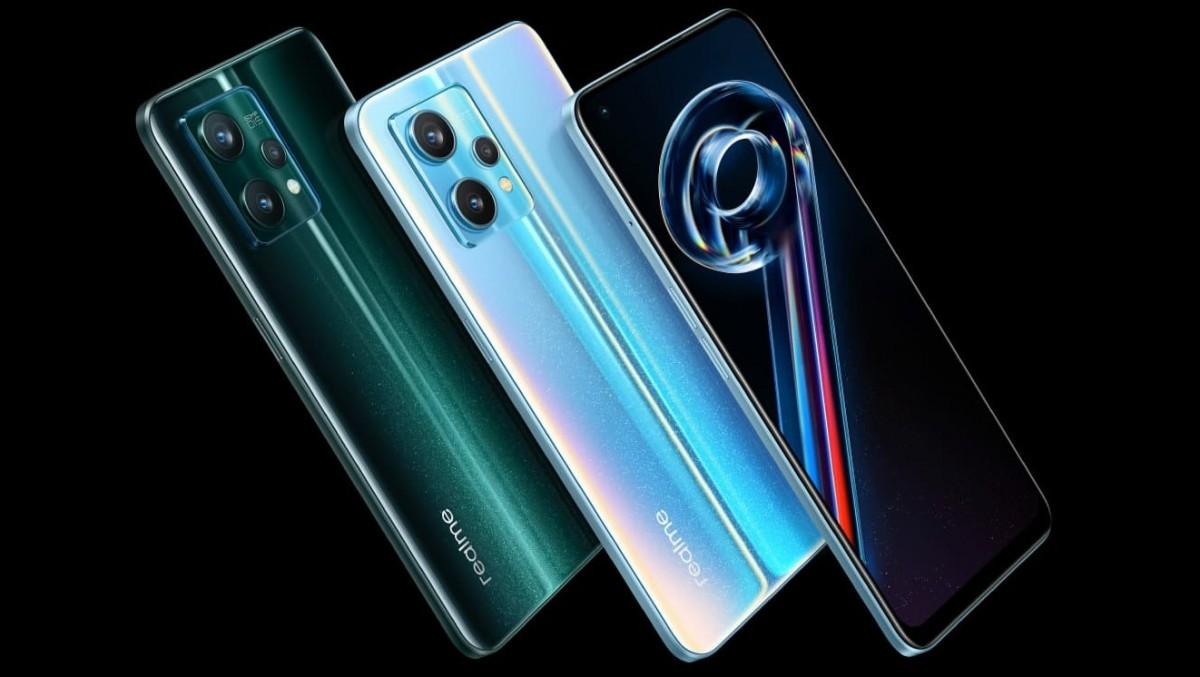



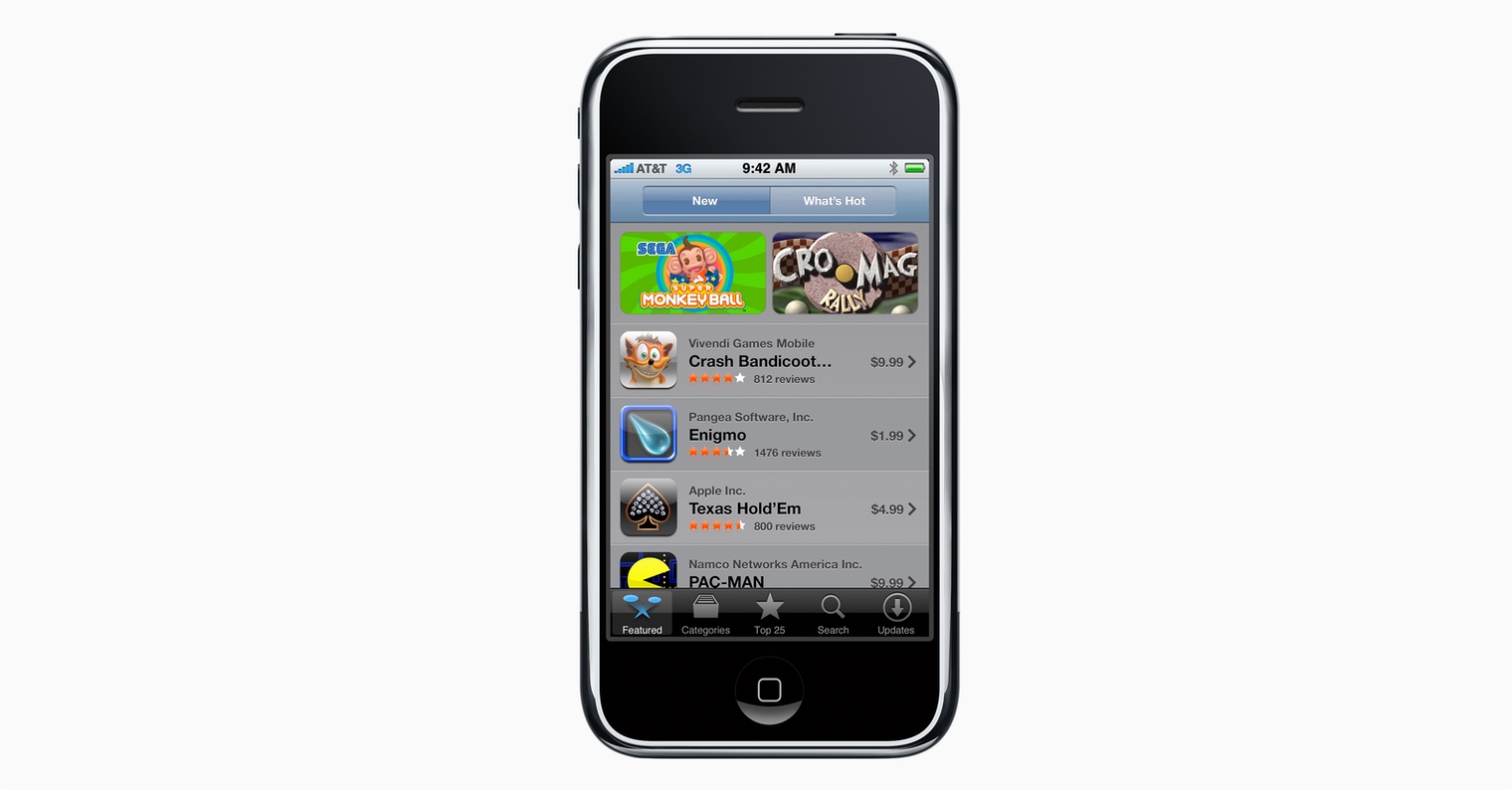




 Adam Kos
Adam Kos 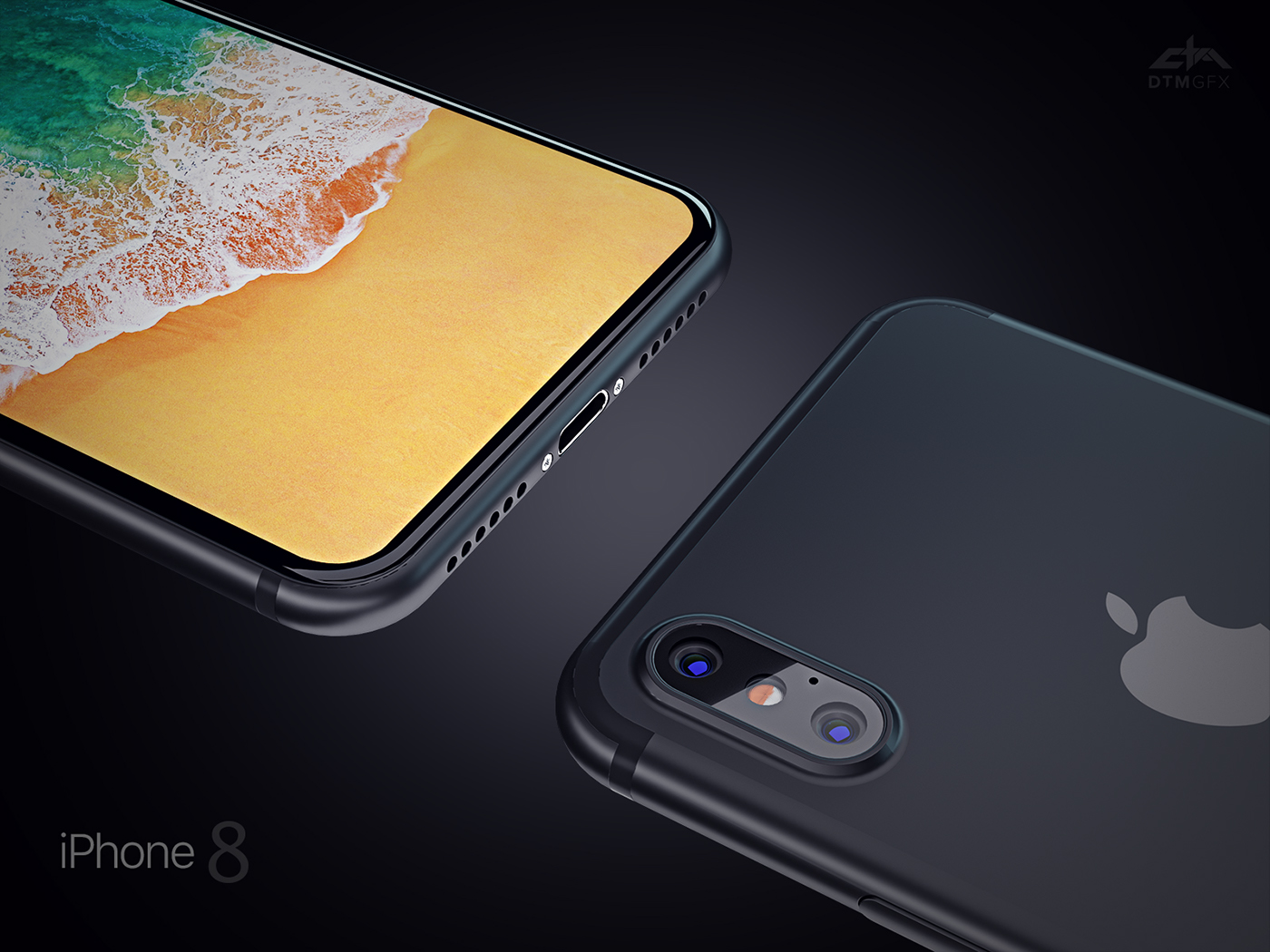

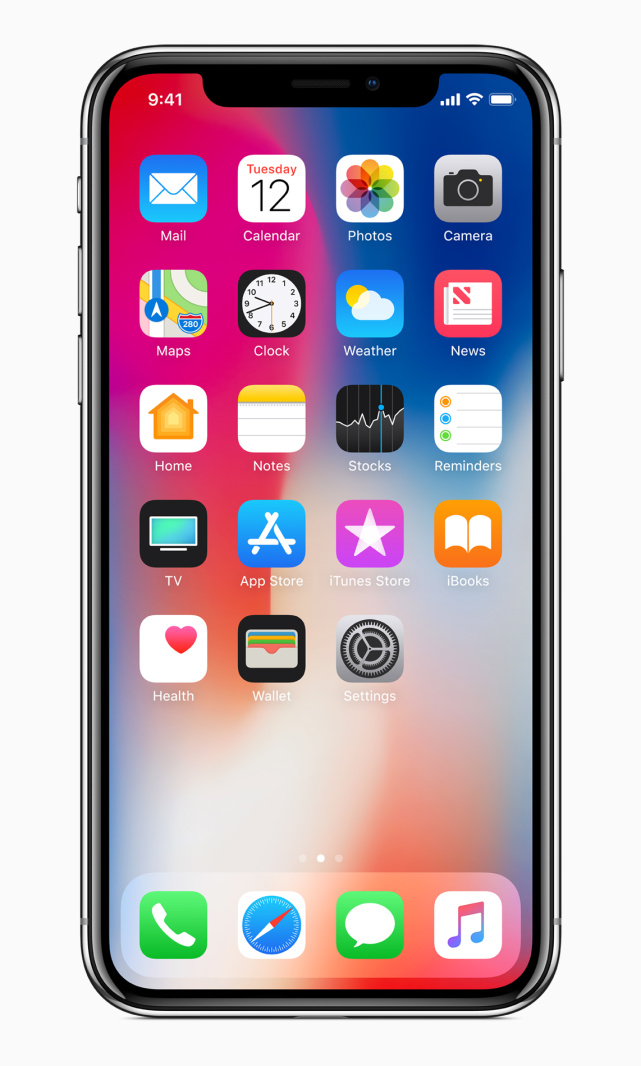

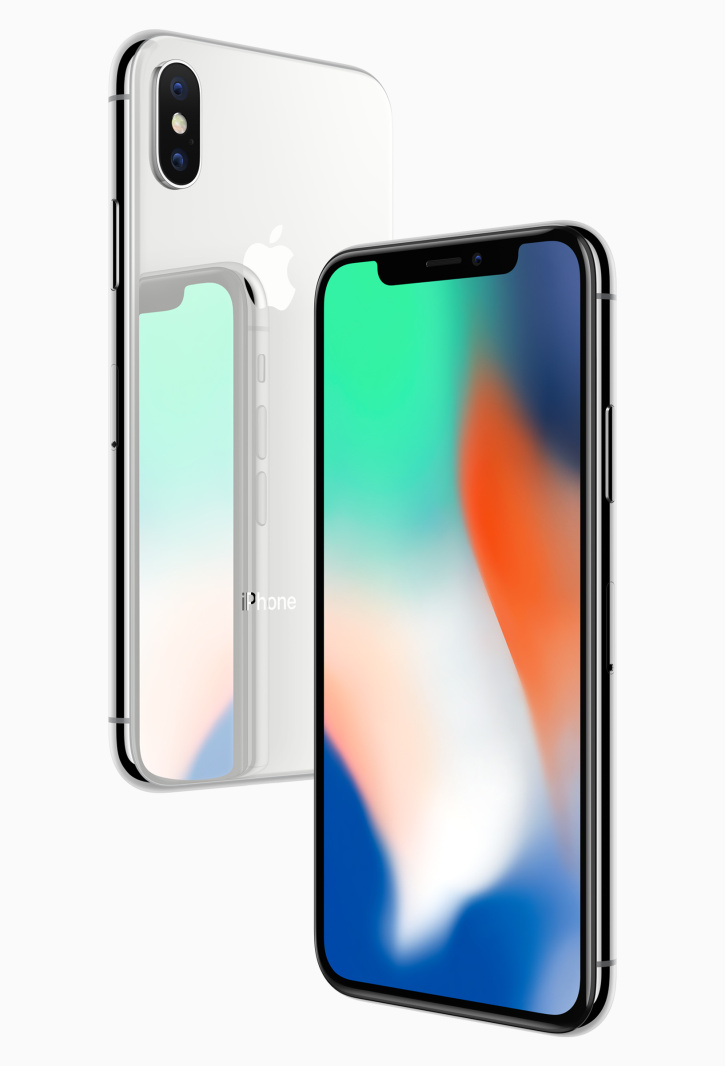
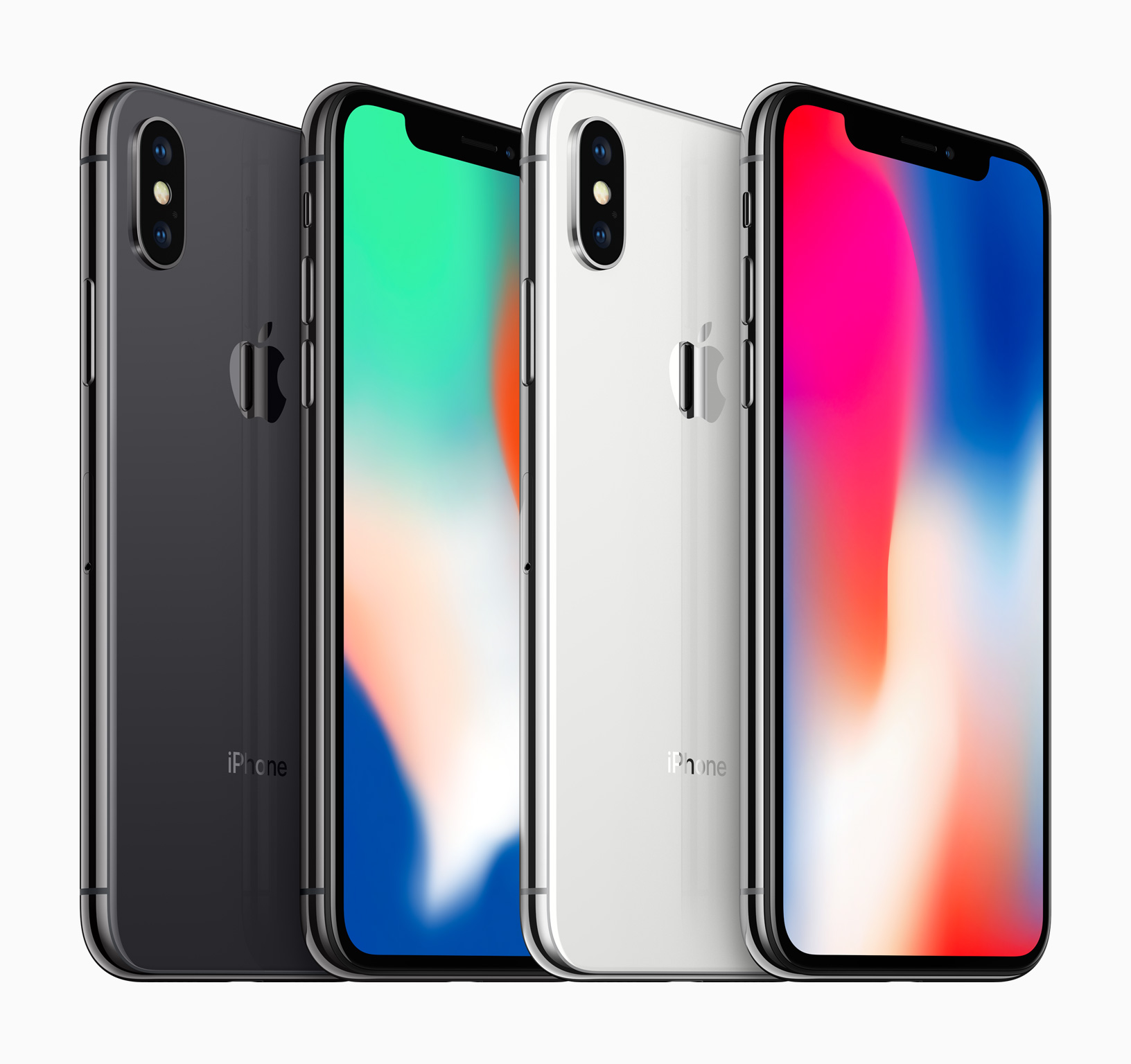
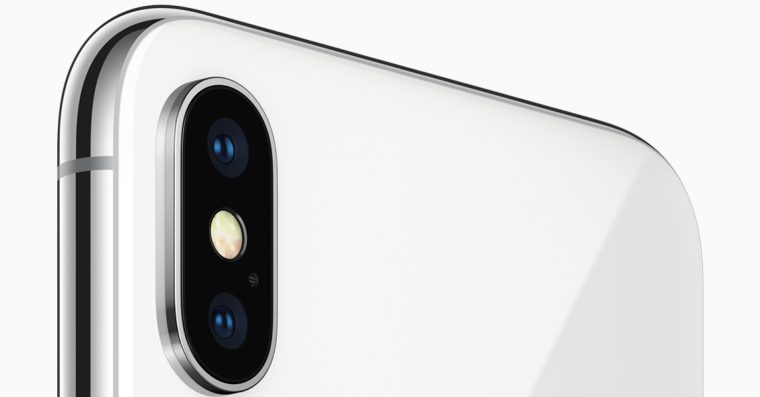
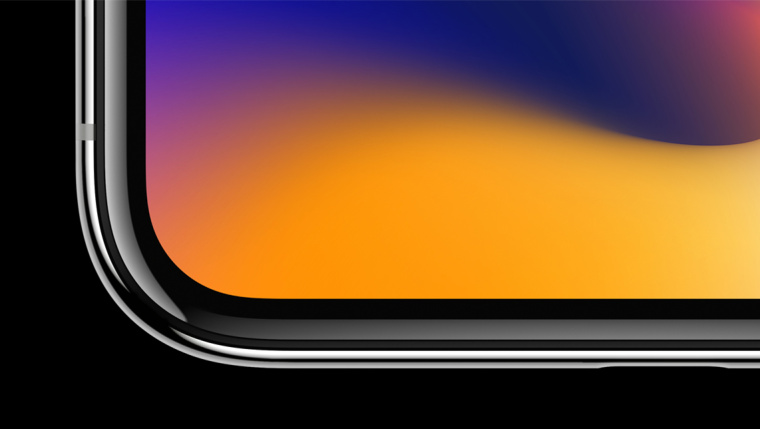
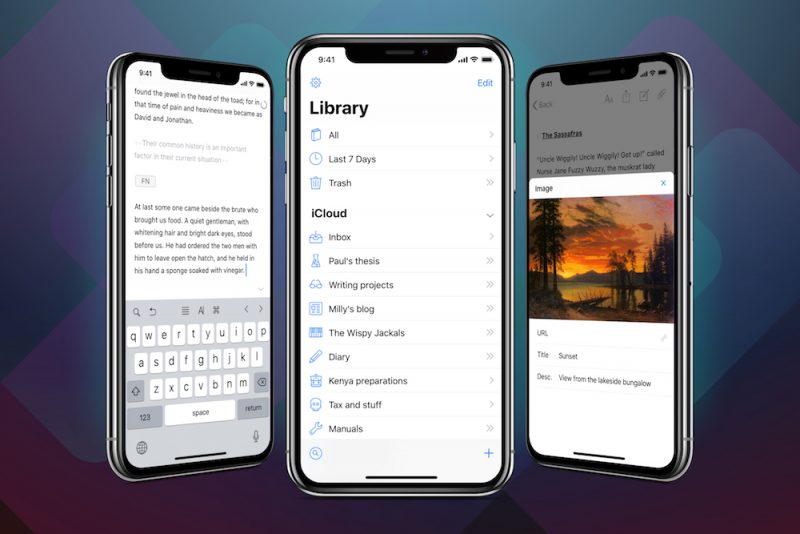
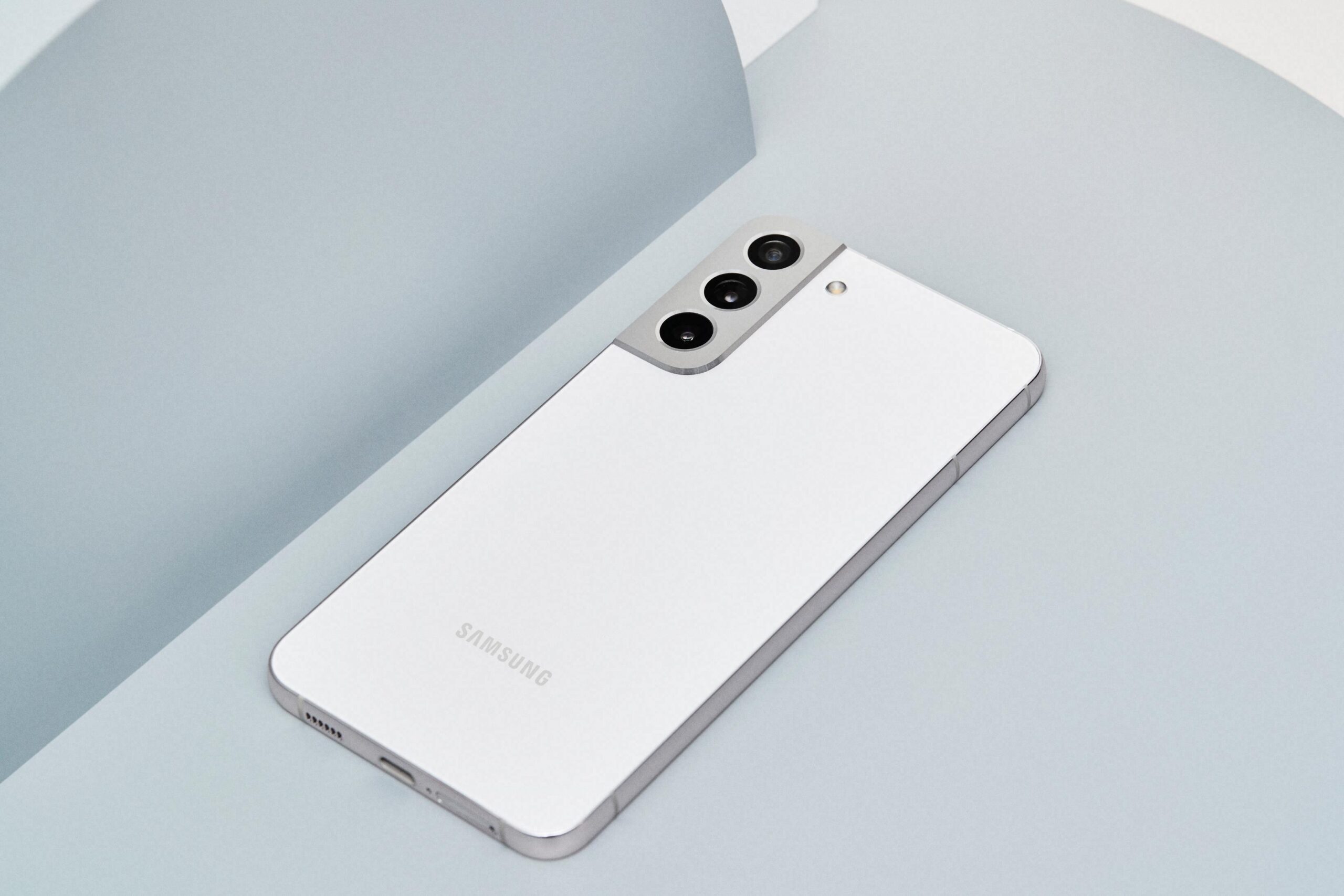
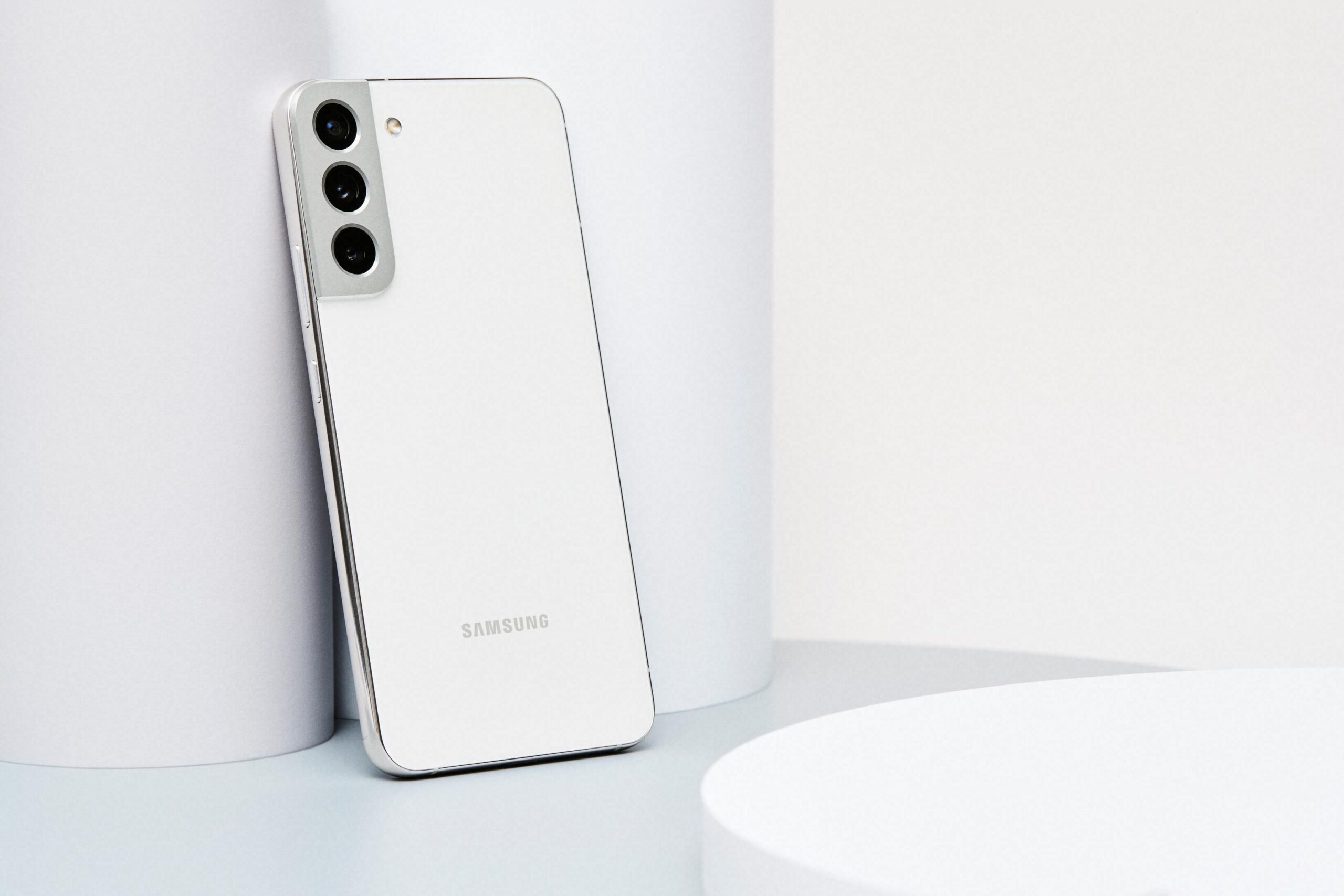
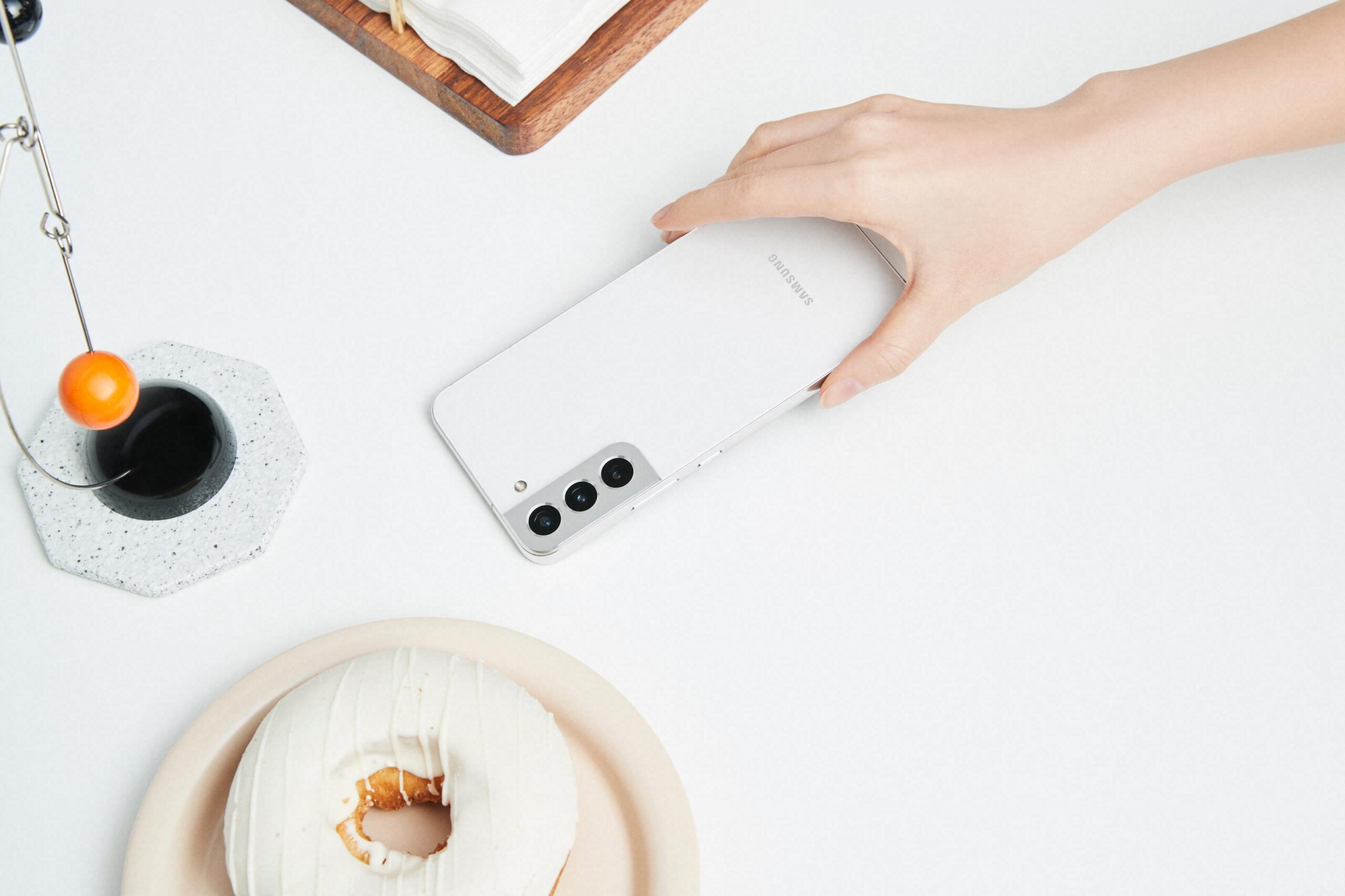

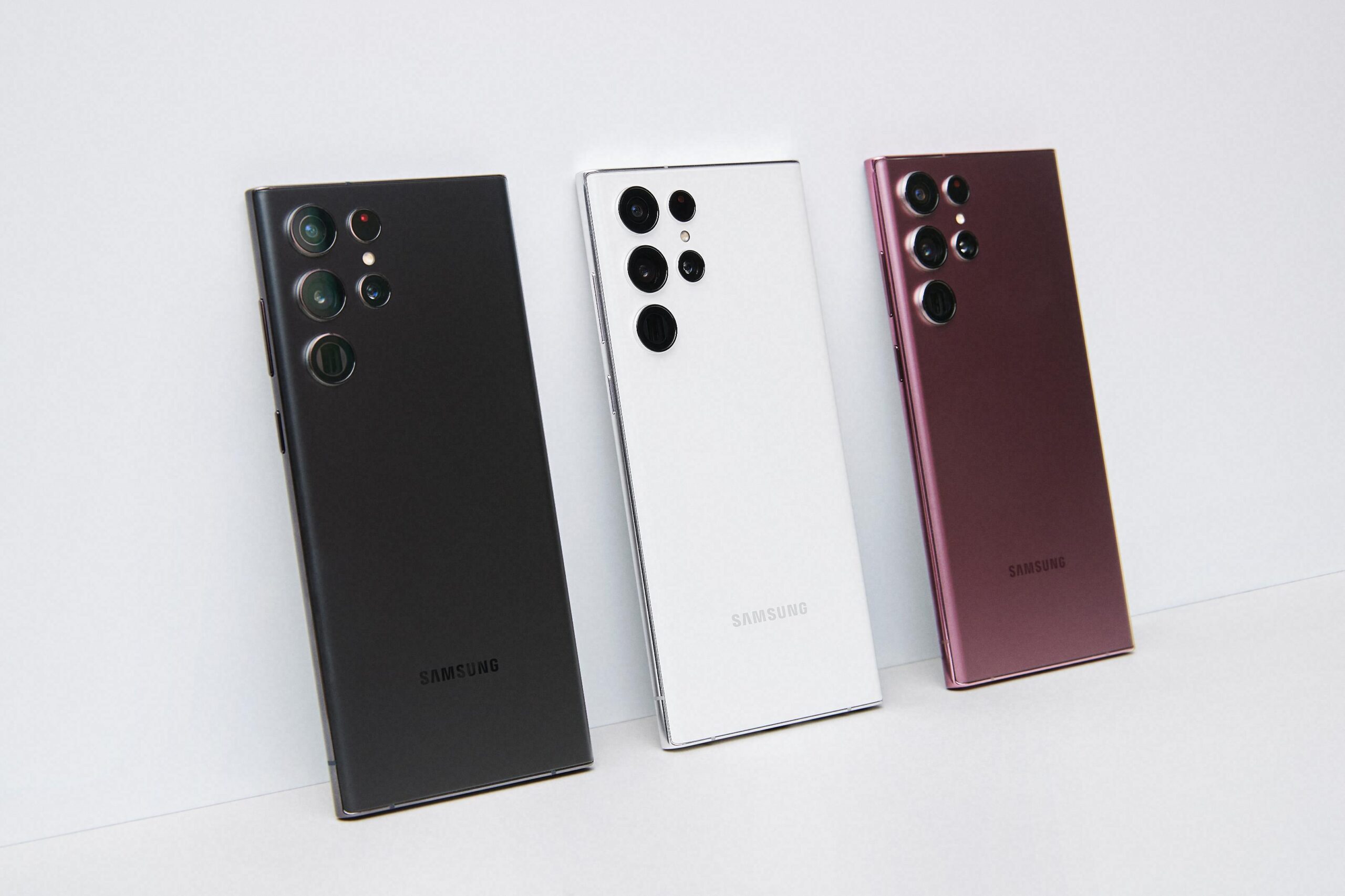
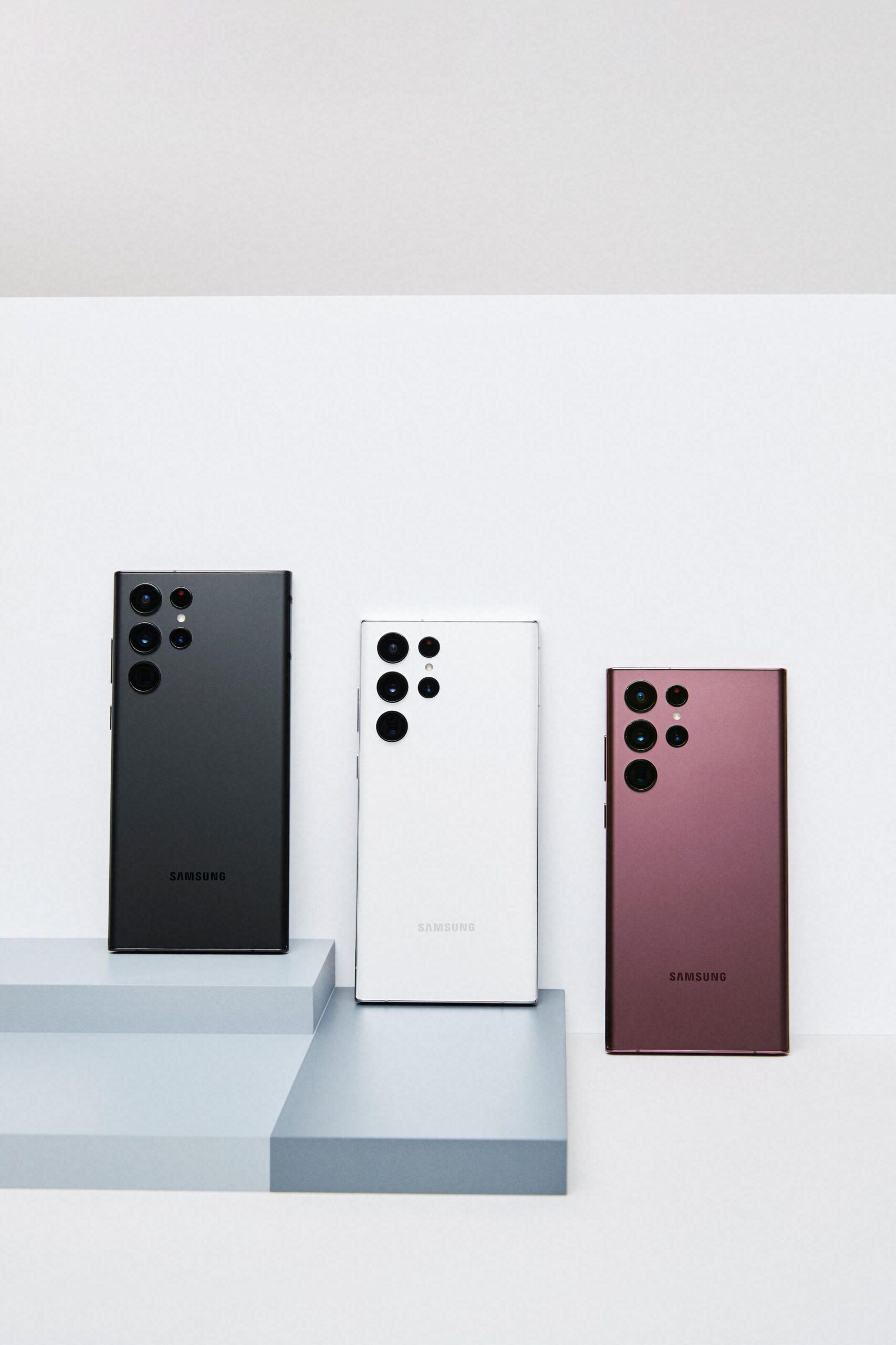
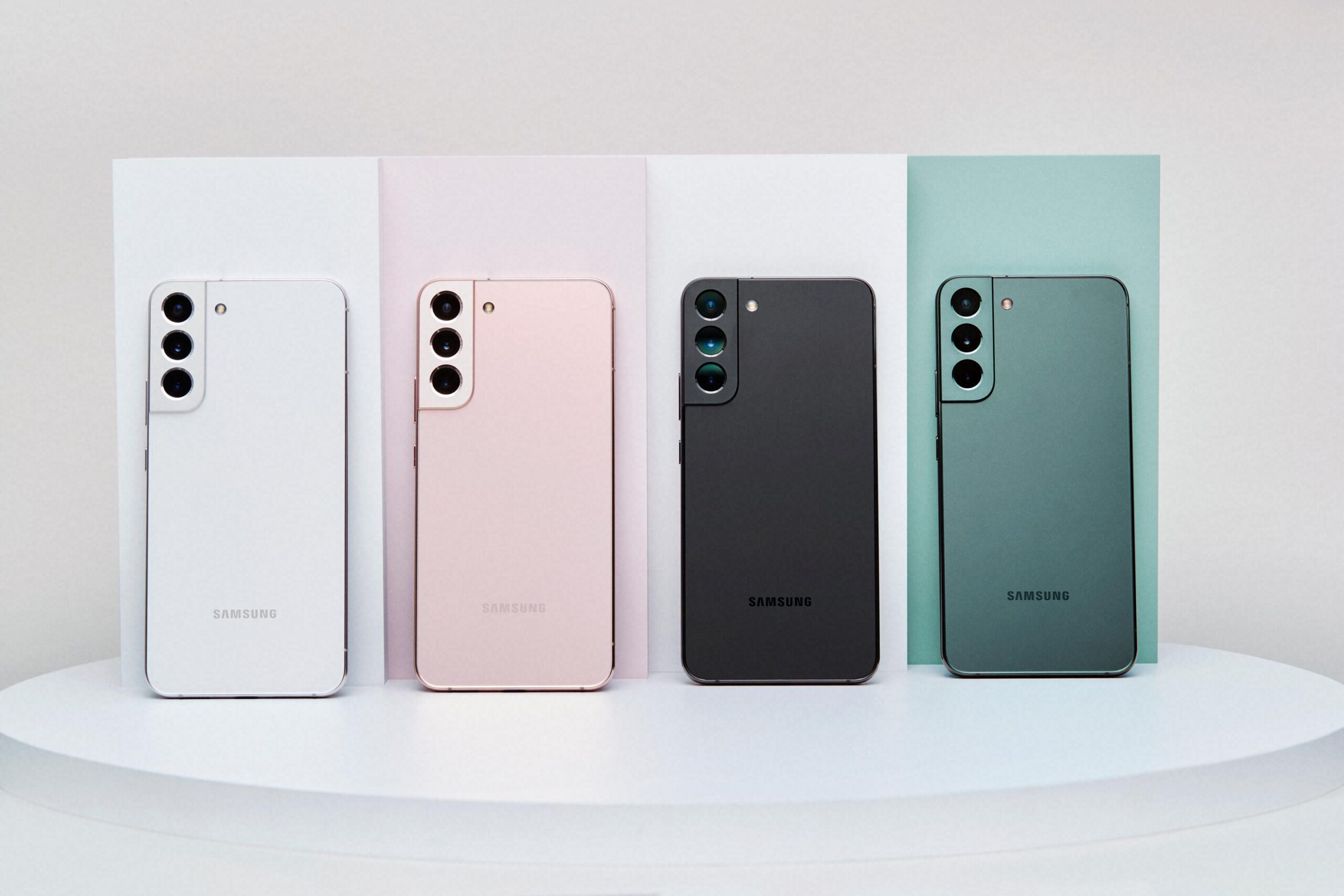
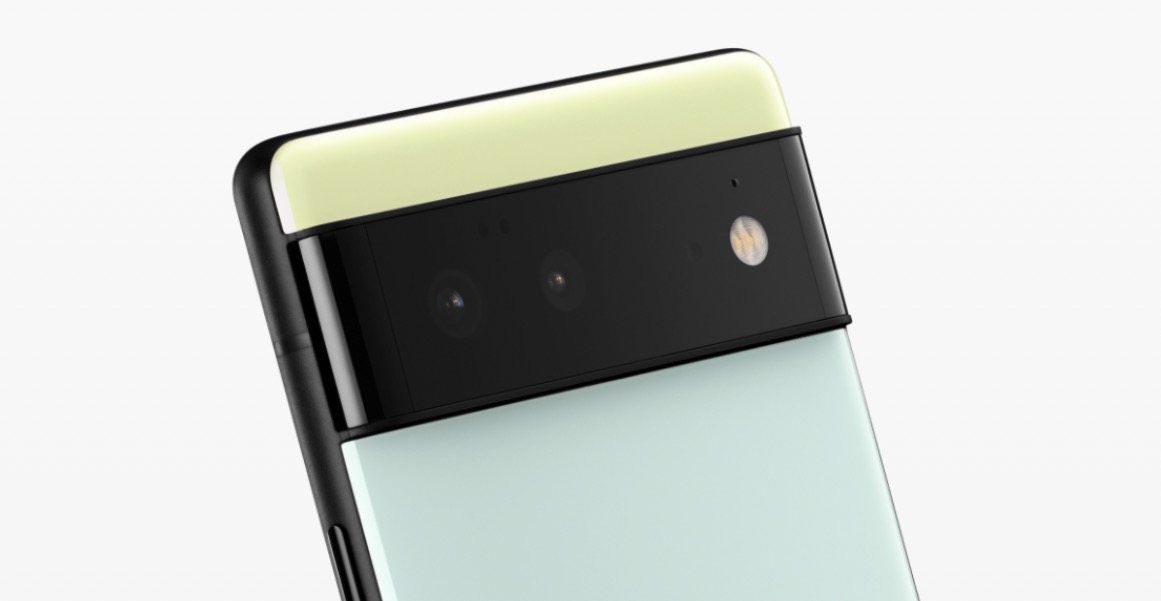
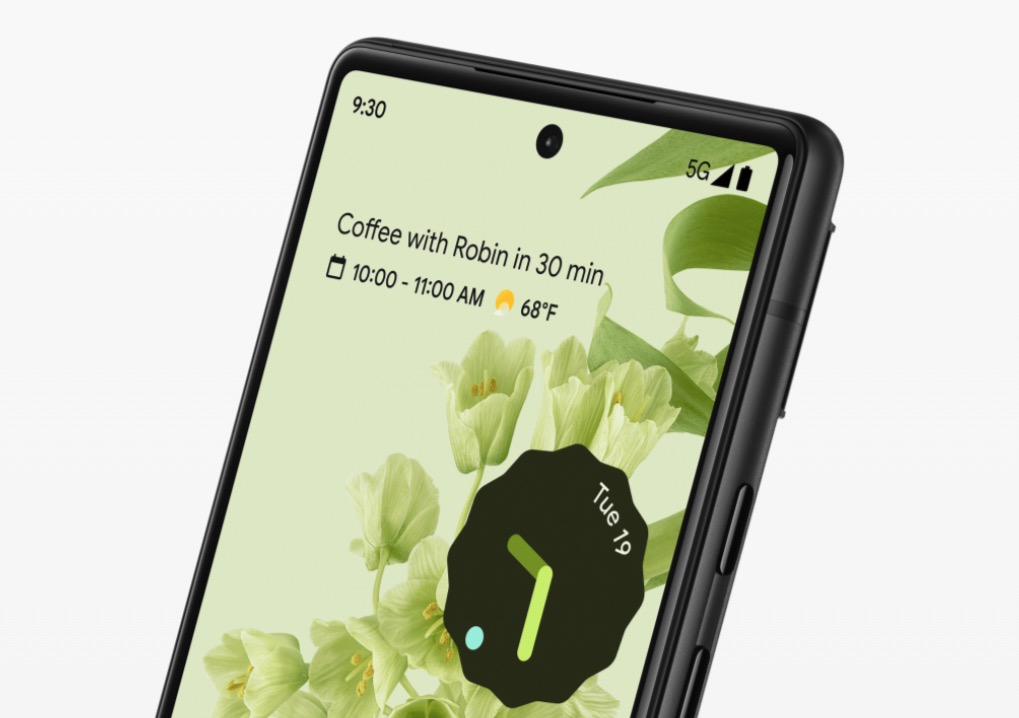
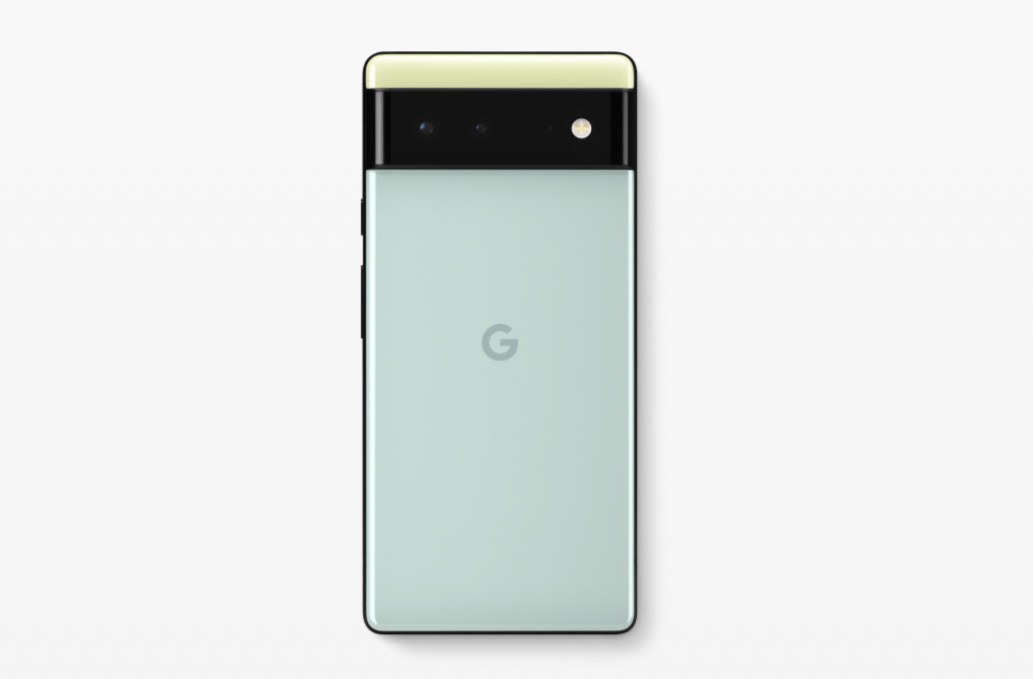

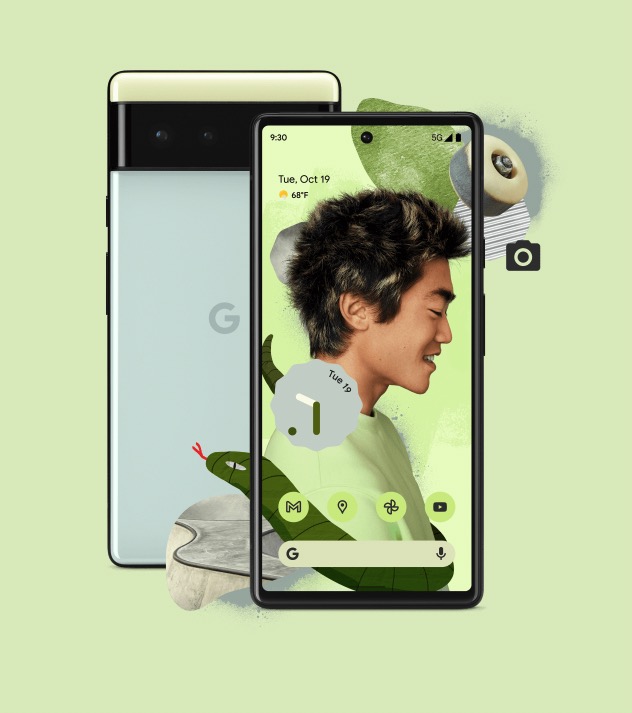

 Samsung Magazine
Samsung Magazine
Most people can't praise the angular design of the iPhone 12/13 (Pro), I liked the rounded sides more. But I bought an iPhone 13 Pro a few weeks ago and I still can't get used to it, it feels awfully bad in my hand (compared to the previous iPX). It is very heavy, thicker and the edges bother me. In addition, the matte rear glass slides in the hand, on the other hand, the shiny "ten" held in the hand as if it were extra.
Well, I have it a bit the other way around. Thanks to the matte back, I think it doesn't slide as much, but sometimes it's a bit more difficult to lift it from the table. Also, there are the protruding lenses. Picking it up when the display is down is really difficult.